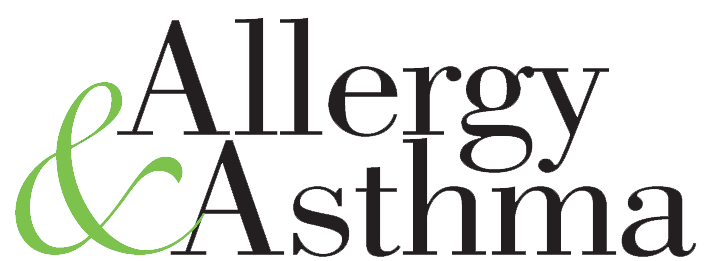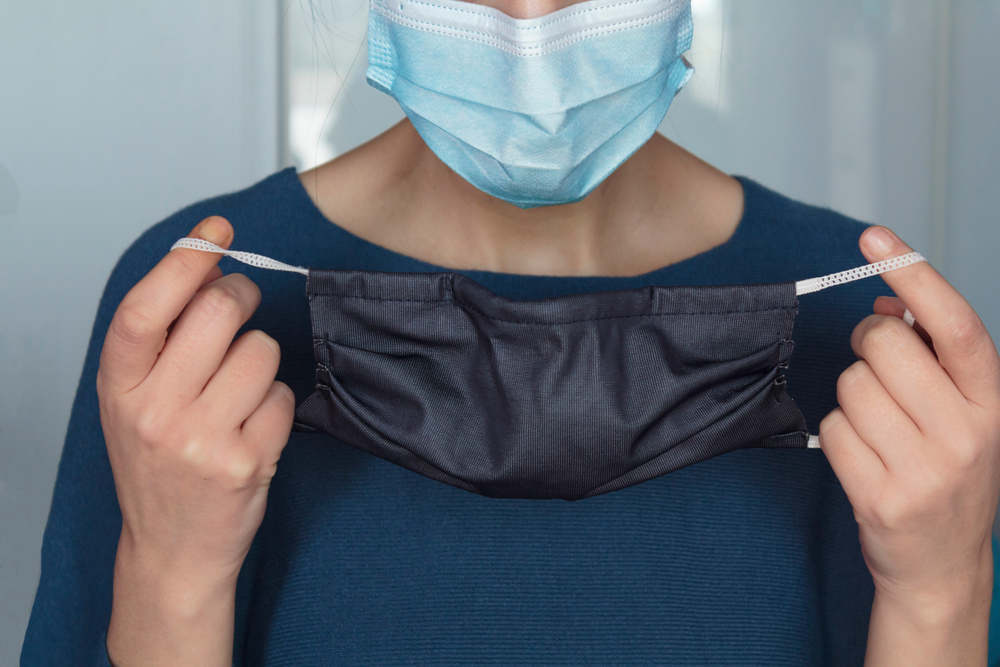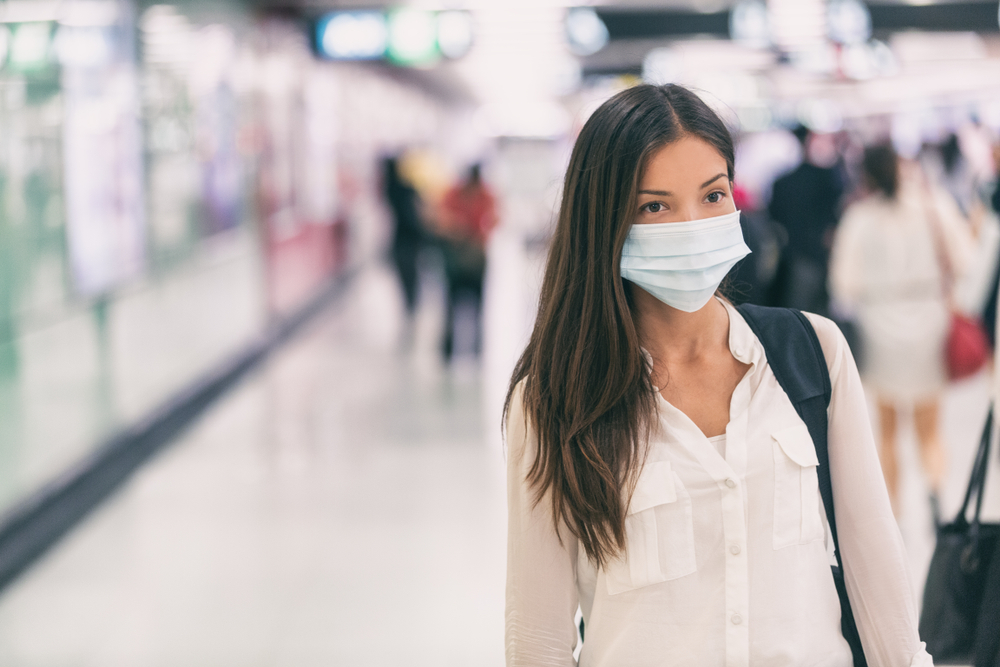Published Sat, December 18, 2021 in Yahoo News
By Julia Ries
As COVID continues to rapidly spread through the country ― especially now with omicron in the picture ― it might be time to upgrade your face mask strategy. In early 2021, health experts recommended double masking, a move that may be useful again.
A study published by the Centers for Disease Control in February found that wearing two masks is more effective at preventing coronavirus transmission than one. The research suggests that wearing one medical grade mask — such as a surgical mask — underneath a cloth mask significantly boosts protection against SARS-CoV-2, the virus that causes COVID-19.
Experts also say new variants are thought to have an easier time binding to our cells, so the more layers we have covering our noses and mouths, the less likely we’ll be exposed to viral particles that can infect our cells and make us sick. Two masks may help create a stronger shield between you and the virus (or, at the very least, they couldn’t hurt).
Here’s everything you should know about double-masking ― including how to go about it ― so you can prevent COVID-19 as best as you can:
Pick two masks that have enough layers and air filtration.
“The more layers, the more barriers you can put between yourself and the virus, the better off you’re going to be,” said Thomas Duszynski, the director of epidemiology education at Indiana University’s Richard M. Fairbanks School of Public Health.
N95 face masks are the gold standard in terms of protection. If you can get ahold of an N95 and double it up with a surgical mask, you’re going to have an efficient shield against viral particles.
But N95 masks continue to be in limited supply, so they’ll be difficult to score for the time being. The issue then is how to spice up your cloth or surgical face masks, said Onyema Ogbuagu, a Yale Medicine infectious disease doctor and principal investigator of Yale’s Pfizer COVID-19 trial.
The two properties of a mask you want to look for are the filtering capacity and the breathability, according to Ogbuagu. You want masks that can both filter the air we breathe in and limit how many respiratory secretions we shoot out.
KN95 masks are thought to be pretty good alternatives to N95 masks in non-clinical settings. They might not be quite as rigorous as N95s — there’s really no beating them — but KN95 masks still offer a lot of protection for you and others when sealed around your nose and mouth. (Here’s a list of the KN95s that have received emergency use authorization.)
Surgical masks are great for protecting you and others against large respiratory droplets, but due to their loose fit, they’re not foolproof at keeping out all of the smaller, aerosolized particles. (Tip: if your surgical mask is loose, try tying knots in the ear loops to keep it taut.)
Put your air-filtration mask on first, then cover it up with another one.
The mask with the greatest filtering capabilities should go on first, like the N95, KN95 or a well-fitted surgical mask. Make sure that mask is tightly sealed against your face. You don’t want gaps in the mask along the sides of your face where contaminated air can sneak in.
Data suggests certain cloth masks might not be as protective as we once hoped, so it might be time to officially ditch the bandanas and neck gaiters and have your second layer be a multilayer cloth mask or another surgical mask.
In general, the more layers your masks have, the better off you — and the people around you — will be. Studies have found that masks with multiple layers can block 50% to 70% of small droplets. When it comes to cloth masks, evidence suggests three layers of tightly woven fabric are the way to go.
“The more layers you have covering your nose and mouth means less virus you’re able to disseminate into the population. And then the more layers you have between you and the environment, the fewer viral particles are going to get into your system,” said Duszynski, who recommends double-masking when going indoors where other people will be.
Make sure you choose breathable fabrics with no valves, otherwise you’ll defeat the purpose.
Ogbuagu said you definitely want the masks, worn together, to be comfortable. Keep in mind: Certain materials can make it tough to breathe, and there is such a thing as over-masking, which can actually wind up doing more harm than good.
“You can pack on 10 layers, but what you do is you lose breathability, they’re uncomfortable and you’ve overdone the filtering capacity that you want,” Ogbuagu said. Certain fabrics (like vinyl) also make it harder to breathe. And if you can’t breathe, you likely won’t wear it.
Duszynski also advised against masks with a valve or vent. Not only do these masks have an opening the virus can travel through, but the vent concentrates the amount of virus coming out, which can put others at risk. Even with a second mask on top, Duszynski said, steer clear of masks with vents or valves.
When in doubt, go for masks that fit snugly against the side of your face and completely cover your nose and mouth.
“The science is really clear on this,” Duszynski said. Double-masking is just another way you can not only guard yourself but help protect somebody else.
This story has been updated. Experts are still learning about COVID-19. The information in this story is what was known or available as of publication, but guidance can change as scientists discover more about the virus. Please check the Centers for Disease Control and Prevention for the most updated recommendations.




